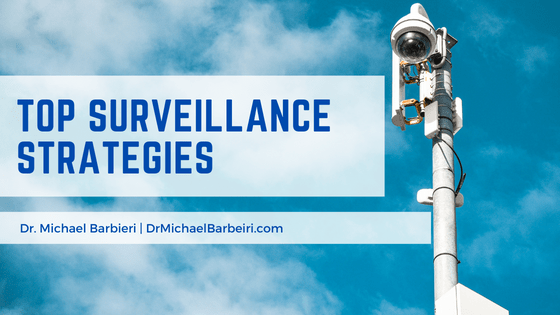Private investigators are expected to act lawfully and ethically when conducting surveillance. For instance, they cannot spy on people in a private home or hack into their online accounts. Understanding the rules and regulations surrounding private surveillance is crucial to ensure that investigators operate ethically and avoid getting into legal trouble.
A surveillance investigation can have a broad scope and involve different activities. For instance, it can be carried out in the physical world, or it can be done in the digital world. For example, it can be used to monitor a person or place.
In this article, we’ll go over five of the most common techniques private investigators can use to carry out surveillance.
Don’t Draw Attention
Like everyone else, private investigators are allowed to go anywhere they want. However, they are not allowed to enter private property without permission. This includes unauthorized access to storage areas, buildings, and devices.
Passive Surveillance
Although surveillance can be glamorous, it can also be very mundane. It’s still essential that the investigator completes their task. One of the most common activities private investigators can perform is passive surveillance. This involves reviewing work logs and safety reports.
Go Online
Over the past two decades, the rise of the internet has dramatically increased the amount of information people can collect. This is why it’s imperative that private investigators thoroughly investigate the information that they can find.
Maintain a Discreet Distance
One of the most critical techniques private investigators can use to carry out surveillance is vehicle surveillance. This method can help them avoid getting too close to the subject. It can also help them avoid getting distracted and having insufficient time to react to the situation. Another important aspect of this technique is maintaining a steady distance from the subject.
Avoid Eye Contact
One of the most effective ways private investigators can avoid getting too close to the subject is by making eye contact. This technique can also help them avoid getting distracted and having insufficient time to react to the situation. Developing this skill can be very useful in cases where a private investigator has to get close to the subject without being too obvious.
